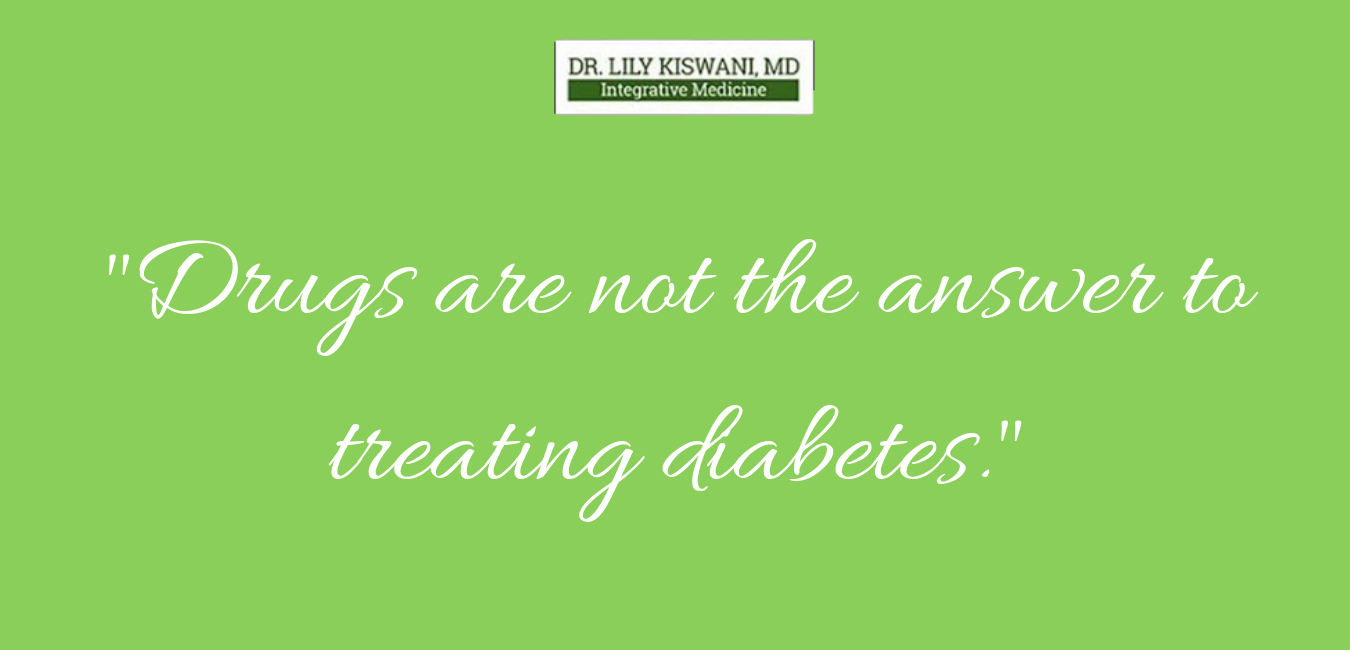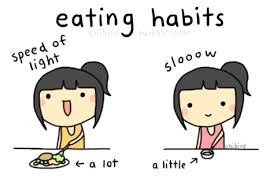While they may make your clothes smell as fresh as a spring morning, conventional laundry-care products often contain chemicals with negative health effects ranging from skin and throat irritation to causing cancer.

Laundry detergents are often derived from petrochemicals and can contain synthetic fragrances, even when advertised as “fragrance-free.” Most companies add optical brighteners to detergent formulas — additives which emit blue light, making whites appear whiter by tricking the eye. By design, optical brighteners stay in clothes after washing, which may cause skin irritation. They also decompose relatively slowly and can be toxic to marine life. Fabric softeners are also designed to stay in clothes and not fully rinse out, which means lingering chemicals come into contact with skin.
Laundry detergents can contain
1. Sodium Lauryl Sulphate, SLS, which is linked to
- Irritation of the skin and eyes
- Organ toxicity
- Developmental/reproductive toxicity
- Neurotoxicity, endocrine disruption, ecotoxicology, and biochemical or cellular changes
- Possible mutations and cancer.
2. Pthalates
3. Phosphates
4. Bisphenol A
5. 1,4 Dioxane
6. Nonylphenol Ethoxylate – NPA
and other toxic chemicals.
What do these chemicals do?
They irritate skin. They cause wearing out and fading of your clothes. They can disrupt your hormones. Some are linked to cancer. Phosphates are difficult to remove from wastewater and often end up in rivers and lakes, where they increase algae growth, choking off waterways and suffocating salmon and other aquatic life, literally starving them of oxygen. Phosphates act like a “fertilizer” in waterways. When the overabundant algae die, they release toxins that deplete the waterways of oxygen. Phosphates remain active even after wastewater treatment.

Instead, use biodegradable products and check labels for absence of above chemicals. Traditional dry cleaning is a very un-green and toxic process using harsh, carcinogenic chemicals, such as perchloroethylene (aka “perc”), which has been linked with a variety of cancers and other problems. Many “dry clean only” products can be safely hand washed.
Help your family stay healthy. Make the right choice.


